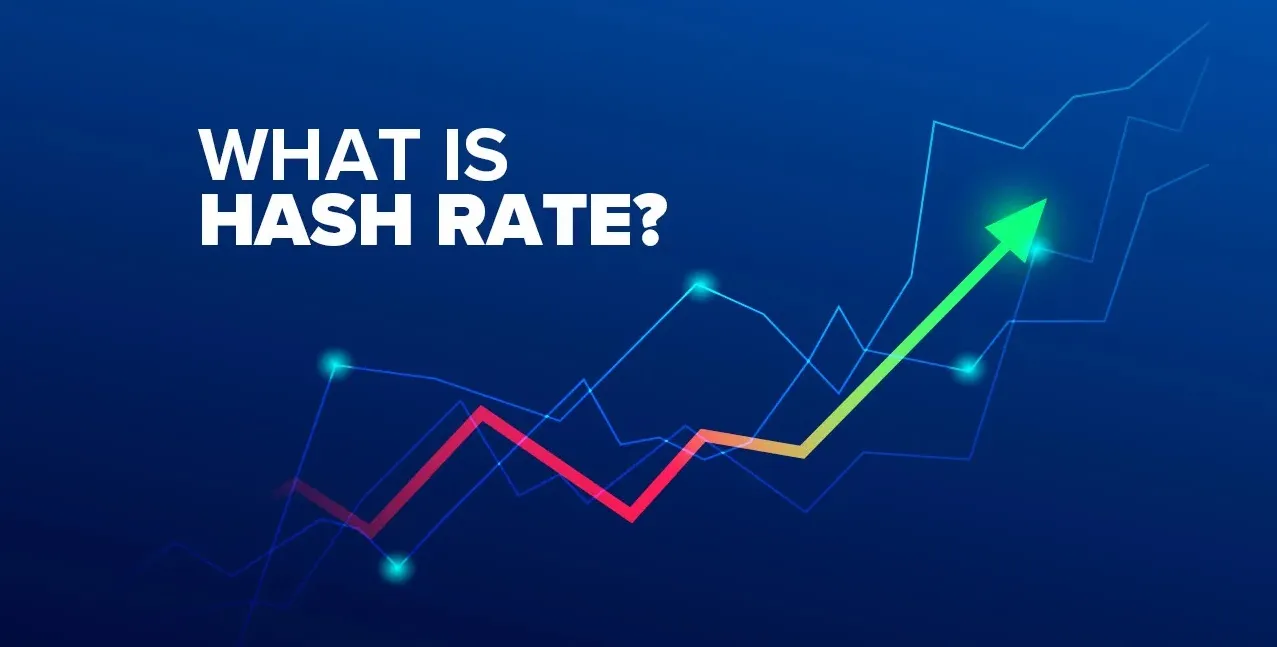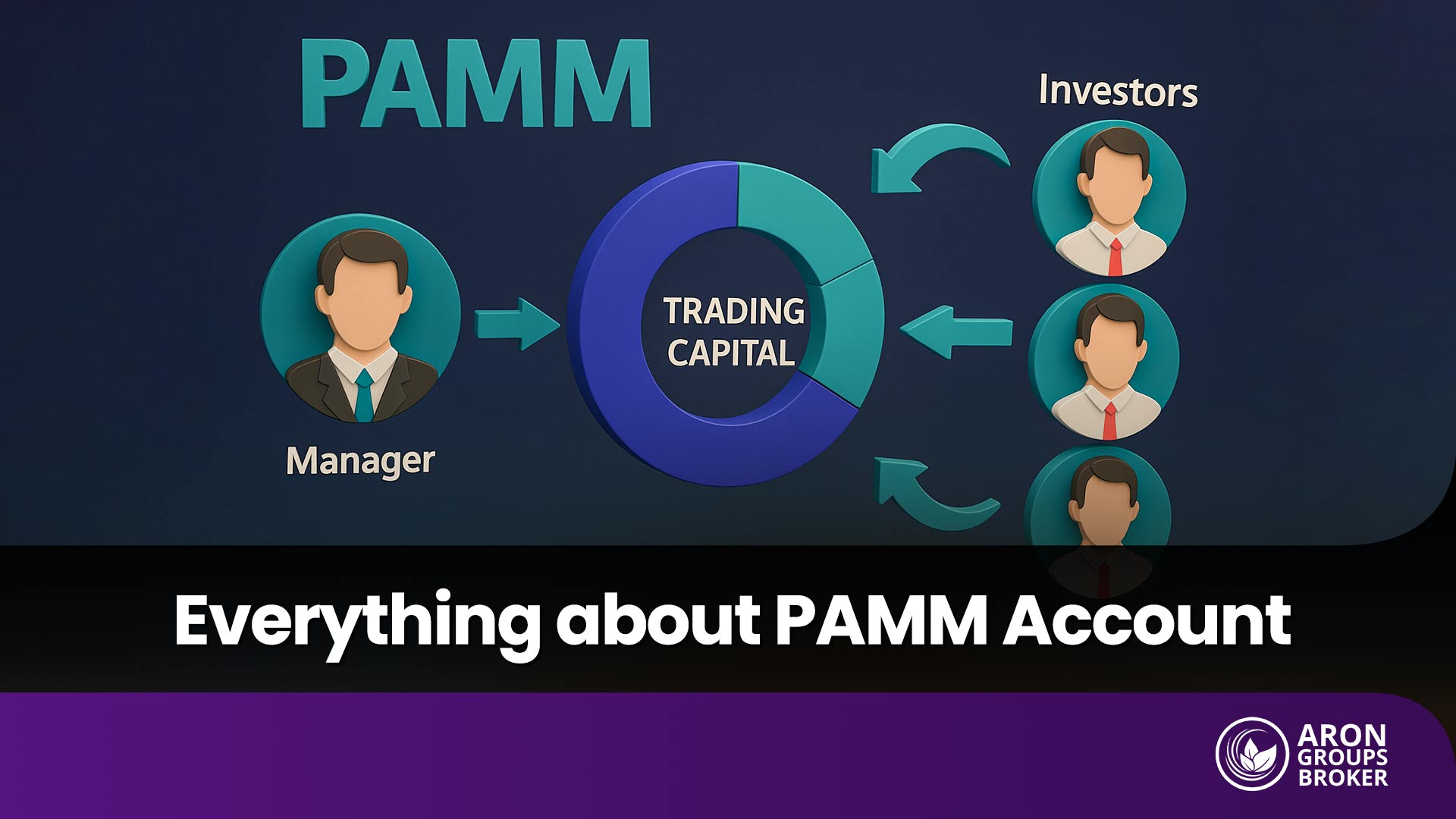In the name of God
Understanding Hash Rate
Cryptocurrencies have revolutionized the financial landscape, introducing decentralized digital currencies that rely on cryptographic principles for security. At the core of these digital currencies is the concept of “hash rate.” In this article, we will explore what hash rate means, its significance in the cryptocurrency world, and its impact on various aspects of the ecosystem.

_ What is Hash Rate?
Hash rate, in the context of cryptocurrencies, refers to the computational power or speed at which a mining device or network operates. It is a measure of how many calculations a mining device can perform per second. The hash rate is usually expressed in hashes per second (H/s), kilohashes per second (KH/s), megahashes per second (MH/s), gigahashes per second (GH/s), or even terahashes per second (TH/s).
_ Hash rate and Blockchain Security :
The relationship between hash rate and the security of a blockchain network is crucial. Hash rate directly impacts the security of a blockchain by making it more resistant to attacks and ensuring the integrity of the network’s transactions. Here’s how it works:
- Proof-of-Work Consensus: Many blockchain networks, including Bitcoin, rely on a consensus mechanism called proof-of-work (PoW). Miners compete to solve complex mathematical puzzles to validate and add new blocks to the blockchain. The higher the hash rate, the more computational power is devoted to solving these puzzles.
- 51% Attack Resistance: A higher hash rate makes the blockchain network more secure against a 51% attack. In a 51% attack, a malicious entity or group gains control of over 50% of the network’s total hash rate. With majority control, they can manipulate transactions, double-spend coins, or exclude certain transactions from being confirmed. However, with a higher hash rate, it becomes increasingly difficult and expensive for an attacker to amass such a majority control. The computational power required to overpower the network’s honest miners becomes prohibitively high, making a successful attack highly unlikely.
- Immutability and Chain Integrity: The hash rate contributes to the immutability and integrity of the blockchain. Each block in the chain has a unique cryptographic hash, which is calculated based on the data within the block. Even a slight change in the data will produce a completely different hash. The computational power of the hash rate ensures that any attempt to modify a block’s data would require recalculating the hash for that block and all subsequent blocks. As a result, the higher the hash rate, the more secure the blockchain becomes against tampering or altering historical transactions.
- Difficulty Adjustment: Blockchain networks adjust the mining difficulty based on the hash rate to maintain a consistent block creation time. As the hash rate increases, the mining difficulty also increases, requiring more computational effort to solve the puzzles. This adjustment ensures that blocks are not created too quickly, maintaining the stability of the network.
In summary, a higher hash rate strengthens the security of a blockchain network by making it more resistant to 51% attacks, maintaining the immutability and integrity of the chain, and providing a stable and predictable mining environment. It is an essential factor in assessing the overall security and reliability of a cryptocurrency’s underlying blockchain.

_ Mining Difficulty and Hash Rate :
To maintain a consistent block creation time, most cryptocurrencies adjust the mining difficulty based on the network’s hash rate. The mining difficulty represents the complexity of the mathematical puzzle that miners must solve. As the hash rate increases, the mining difficulty also adjusts upward, ensuring that blocks are not created too quickly.
Conversely, if the hash rate decreases, the mining difficulty adjusts downward, preventing a slowdown in block creation. This self-adjusting mechanism ensures a stable and predictable issuance of new coins and helps maintain the overall stability of the cryptocurrency network.
_ Impact on Mining Profitability :
Hash rate directly affects the profitability of cryptocurrency mining. Miners invest in specialized hardware (ASICs) or graphics processing units (GPUs) to increase their hash rate and chances of successfully mining new blocks. A higher hash rate increases the likelihood of finding the solution to the cryptographic puzzle, leading to more frequent block rewards.
However, as the hash rate increases, mining becomes more competitive, and the difficulty adjusts accordingly. This means that while a higher hash rate may improve the chances of mining a block, it also requires more computational power, which translates into higher electricity costs. Miners must carefully balance their operational costs with potential rewards to maintain profitability.
_ Network Scaling and Hash Rate :
The hash rate itself does not directly affect the transaction speed in a cryptocurrency network. Transaction speed is primarily determined by factors such as block time, block size, and network congestion. However, the hash rate indirectly influences transaction speed in the following ways:
- Block Confirmation Time: The hash rate plays a role in determining the average time it takes for a block to be added to the blockchain. In most blockchain networks, including Bitcoin, blocks are added at regular intervals, such as every 10 minutes. The higher the hash rate, the faster new blocks can be mined and added to the blockchain, reducing the average block confirmation time. A higher hash rate means more computational power is dedicated to solving the proof-of-work puzzles required to validate and add a block. This increased mining power results in more frequent block discoveries and shorter confirmation times for transactions included in those blocks.
- Network Congestion: In times of high transaction volume, when the number of pending transactions exceeds the capacity of the network, transaction speed can be affected. A higher hash rate can help alleviate network congestion to some extent. A higher hash rate implies a larger number of miners actively participating in the network, which increases the overall processing power available for transaction validation. This increased computational capacity can help process and confirm transactions more quickly, reducing the backlog and improving transaction speed during peak periods.
- Scalability and Network Upgrades: Hash rate can also influence transaction speed indirectly through network scalability and upgrades. As the hash rate capacity of a network increases, it can accommodate a larger number of transactions per second (TPS), enabling faster transaction processing.Scaling solutions, such as implementing off-chain transactions or adopting new consensus algorithms, often aim to increase the network’s hash rate capacity, thus improving transaction speed. By increasing the overall processing power and efficiency of the network, these upgrades can enhance transaction throughput and reduce confirmation times.
It’s important to note that while the hash rate can have an impact on transaction speed indirectly, it is not the sole determinant. Other factors, such as network design, protocol specifications, block size limits, and transaction prioritization mechanisms, also play significant roles in determining transaction speed within a cryptocurrency network.

Hash rate is a fundamental concept in the world of cryptocurrencies. It represents the computational power of a mining device or network and directly influences blockchain security, mining profitability, and network scalability. Understanding the significance of hash rate helps investors, miners, and enthusiasts gauge the health and potential of different cryptocurrencies. As the crypto landscape continues to evolve, hash rate will remain a critical metric shaping the future of digital currencies.































